Berrington Hospital, autograph book of Mary Maria Squire, item 12
Transcription
Transcription history
-
Left page:
Top left: black and white photograph of a man reading a book in between library stacks with the caption:
The Liddle Collection closed access storeTop right: black and white photograph of various papers, photographs, and objects including a pair of boots, with the caption:
Archive materials of Dr W. S. Macdonald, MC
experience documentation of service in even the most remote regions
is included, with material relating to China (Tsing Tao), Aden, the
Cameroons, and all of the 'Minor Fronts'.
Two distinctive elements characterize the holdings of the Collection.
The first is that the physical integrity of all the disparate elements of
the surviving record of a man or a woman's experience is consistently
maintained: no departmentalization destroys the inter-relationship of an
individual's photographs, correspondence, tape-recorded recollections,
or three-dimensional souvenirs, which are either kept all together or
can be assembled very quickly.
The second distinctive element is that the content of each set of
papers has been thoroughly explored and the findings are readily
available by means of a topic cross-reference system. This enables the
enquirer to know precisely where there is evidence relating to a particular
battle or a given subject of research (for example, morale, or infantry
tactics at a certain stage of the war), and also where there are letters or
diary entries which indicate what individuals felt about the war and
their army service, their regimental officers, the Germans, Belgian
peasants, fundamental concerns such as food, comforts, or lice, and
about spiritual or philosophical matters. The close study of such evidence
is vital in any reappraisal of the many glib generalizations frequently
made about First World War experience.
The Collection has long been widely known for its British and
Commonwealth holdings on the Dardanelles Gallipoli campaign. The
same is true also, at the level of junior regimental officer and of men
in the ranks, of the Mesopotamian, Macedonian and Egypt/Palestine
campaigns. There is outstanding coverage of the pilots, observers and
ground personnel of the Air Arm and of the sub-lieutenants, midshipmen
Right page:
and ratings of the Royal Navy. Peter Liddle's published trilogy,
The Sailor's War (1985), The Airman's War (1987), and The Soldier's War
(1988), indicates the range and fascination of the material available for
study.
Black and white photograph of two men and a woman examining an object in a library, with the caption:
HRH the Duchess of Kent, Chancellor of the University,
visits the Liddle Collection, March 1989
In the General Section of the Collection are held the papers of men
who served on the Western Front or on more than one front. There are
further sections containing the holdings for Mesopotamia, Macedonia,
Egypt and Palestine, Italy, Aden, West Africa, the Sudan, East Africa,
Southern Africa, Persia, Russia, India, Burma, China and the Pacific.
The RFC, the RNAS and the RAF have their own holdings list and
topic cross-reference index, as does the Royal Navy and Merchant
Marine. There are separate sections also for Prisoners of War, British
civilian internees at Ruhleben, the Domestic Front, Women's overseas
service, Australians and New Zealanders, French and German service,
Friends Ambulance Unit work and Conscientious Objection. There are
catalogued map holdings for each front, a list of the extensive newspapers
and trench newssheets, a tape-recording card index system and
a card index system for those individuals whose material is solely that
of manuscript or typescript recollections. A regimental cross-reference
arrangement is the means by which unit-based research can be conducted;
there is a catalogue of the fascinating 'museum object' material,
and there are folders of typed transcriptions of some of the most
significant tape-recordings.
-
Left page:
Top left: black and white photograph of a man reading a book in between library stacks with the caption:
The Liddle Collection closed access storeTop right: black and white photograph of various papers, photographs, and objects including a pair of boots, with the caption:
Archive materials of Dr W. S. Macdonald, MC
experience documentation of service in even the most remote regions
is included, with material relating to China (Tsing Tao), Aden, the
Cameroons, and all of the 'Minor Fronts'.
Two distinctive elements characterize the holdings of the Collection.
The first is that the physical integrity of all the disparate elements of
the surviving record of a man or a woman's experience is consistently
maintained: no departmentalization destroys the inter-relationship of an
individual's photographs, correspondence, tape-recorded recollections,
or three-dimensional souvenirs, which are either kept all together or
can be assembled very quickly.
The second distinctive element is that the content of each set of
papers has been thoroughly explored and the findings are readily
available by means of a topic cross-reference system. This enables the
enquirer to know precisely where there is evidence relating to a particular
battle or a given subject of research (for example, morale, or infantry
tactics at a certain stage of the war), and also where there are letters or
diary entries which indicate what individuals felt about the war and
their army service, their regimental officers, the Germans, Belgian
peasants, fundamental concerns such as food, comforts, or lice, and
about spiritual or philosophical matters. The close study of such evidence
is vital in any reappraisal of the many glib generalizations frequently
made about First World War experience.
The Collection has long been widely known for its British and
Commonwealth holdings on the Dardanelles Gallipoli campaign. The
same is true also, at the level of junior regimental officer and of men
in the ranks, of the Mesopotamian, Macedonian and Egypt/Palestine
campaigns. There is outstanding coverage of the pilots, observers and
ground personnel of the Air Arm and of the sub-lieutenants, midship-
Description
Save description- 52.7073029||-2.7553268||||1
Shrewsbury, England
Location(s)
Story location Shrewsbury, England
- ID
- 3211 / 42603
- Contributor
- Anthony Draper-Smith
Login to edit the languages
Login to edit the fronts
Login to add keywords
- Home Front
- Medical
- Women
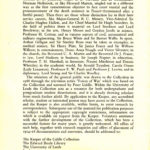
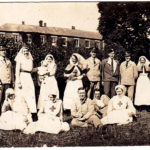
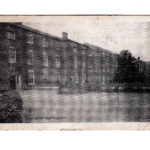
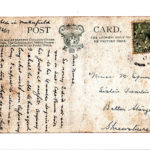
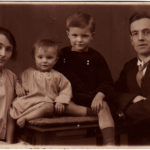
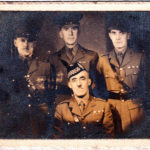
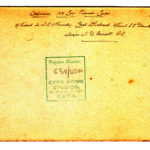
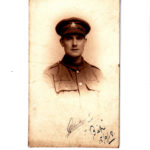










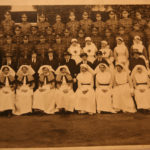
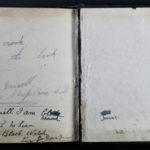


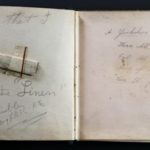



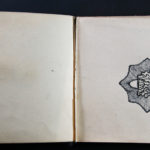


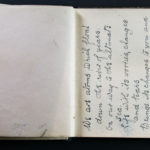
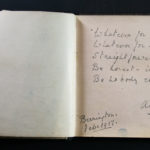
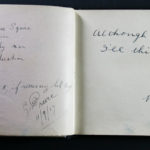
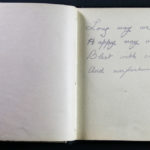


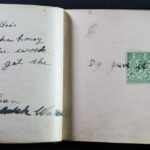
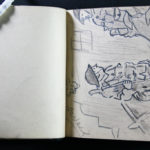
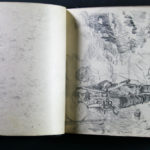


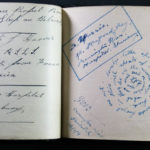

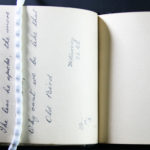
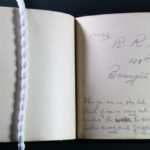

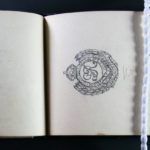


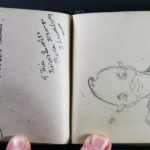
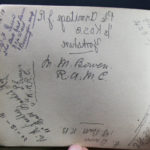


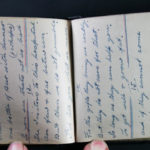

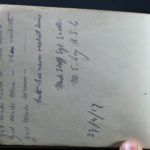


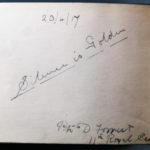
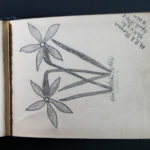
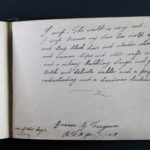
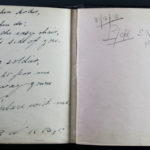


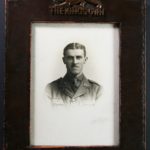



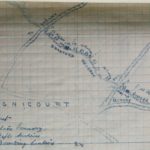
Login to leave a note